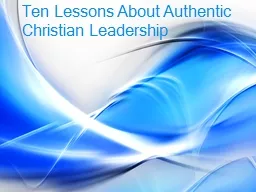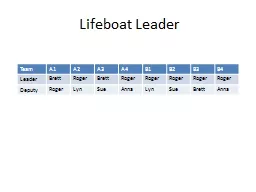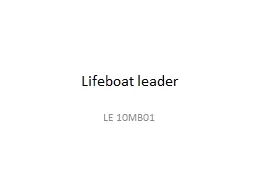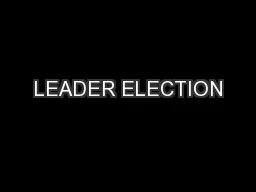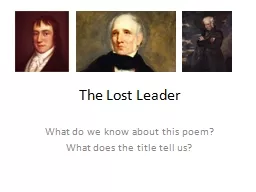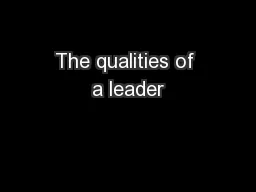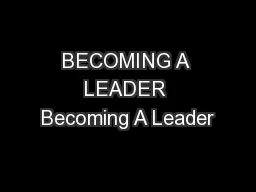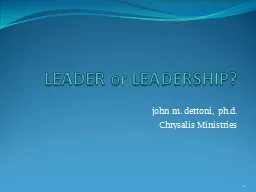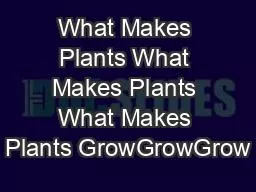PPT-What makes a good leader?
Author : briana-ranney | Published Date : 2016-11-27
What types of leader and leadership exist Why does a leader need to be adaptable 45 Leadership What makes an effective leader Certain qualities will be expected
Presentation Embed Code
Download Presentation
Download Presentation The PPT/PDF document "What makes a good leader?" is the property of its rightful owner. Permission is granted to download and print the materials on this website for personal, non-commercial use only, and to display it on your personal computer provided you do not modify the materials and that you retain all copyright notices contained in the materials. By downloading content from our website, you accept the terms of this agreement.
What makes a good leader?: Transcript
Download Rules Of Document
"What makes a good leader?"The content belongs to its owner. You may download and print it for personal use, without modification, and keep all copyright notices. By downloading, you agree to these terms.
Related Documents




